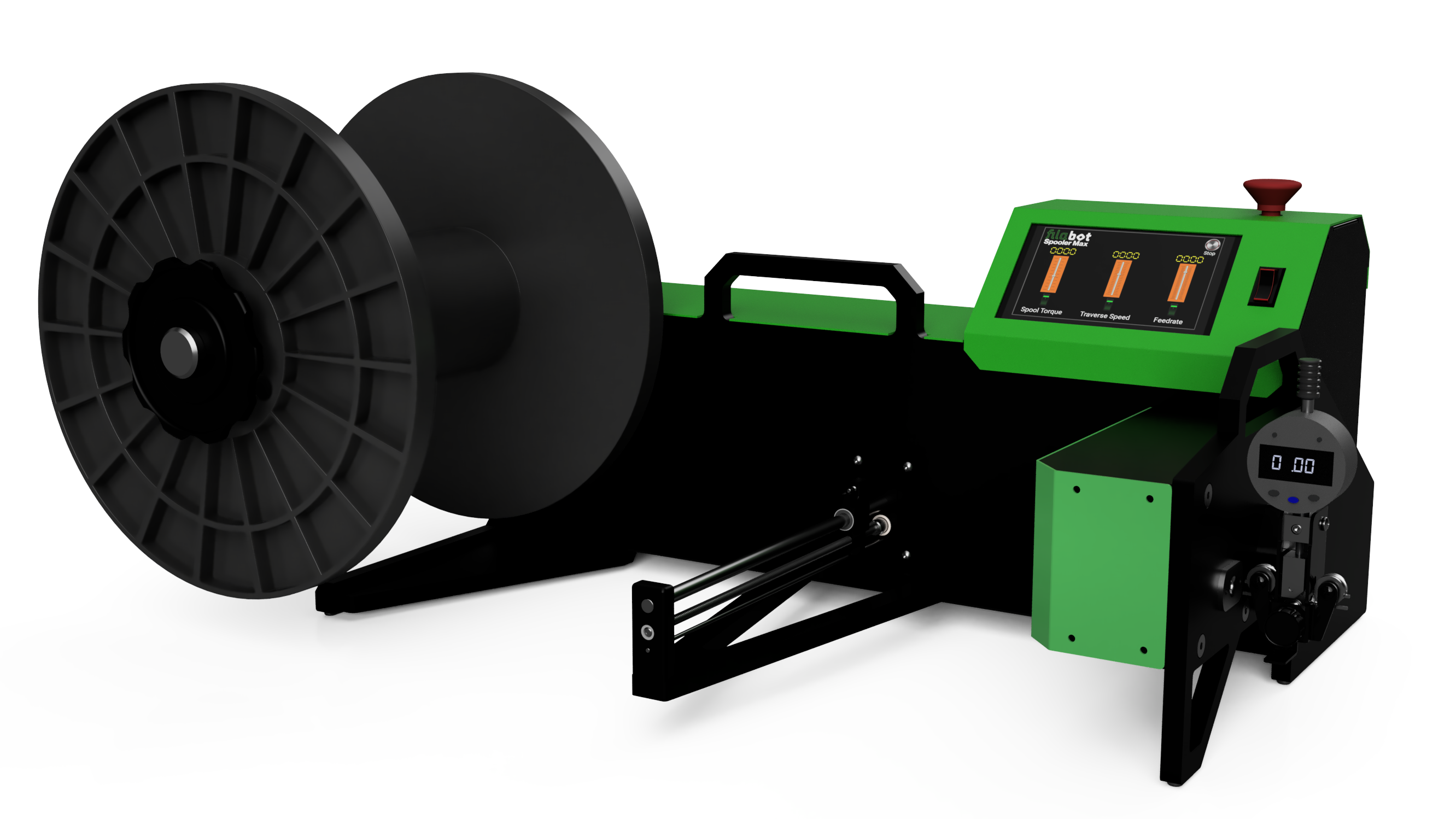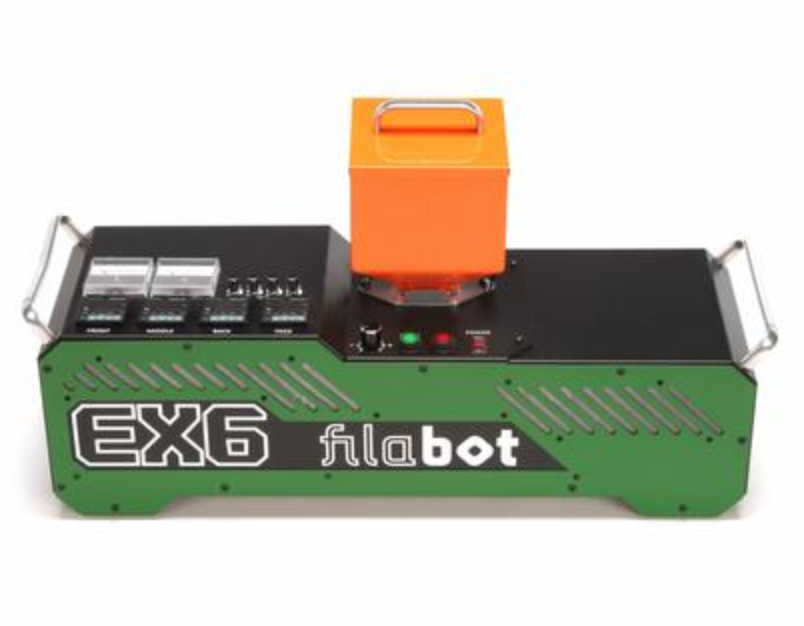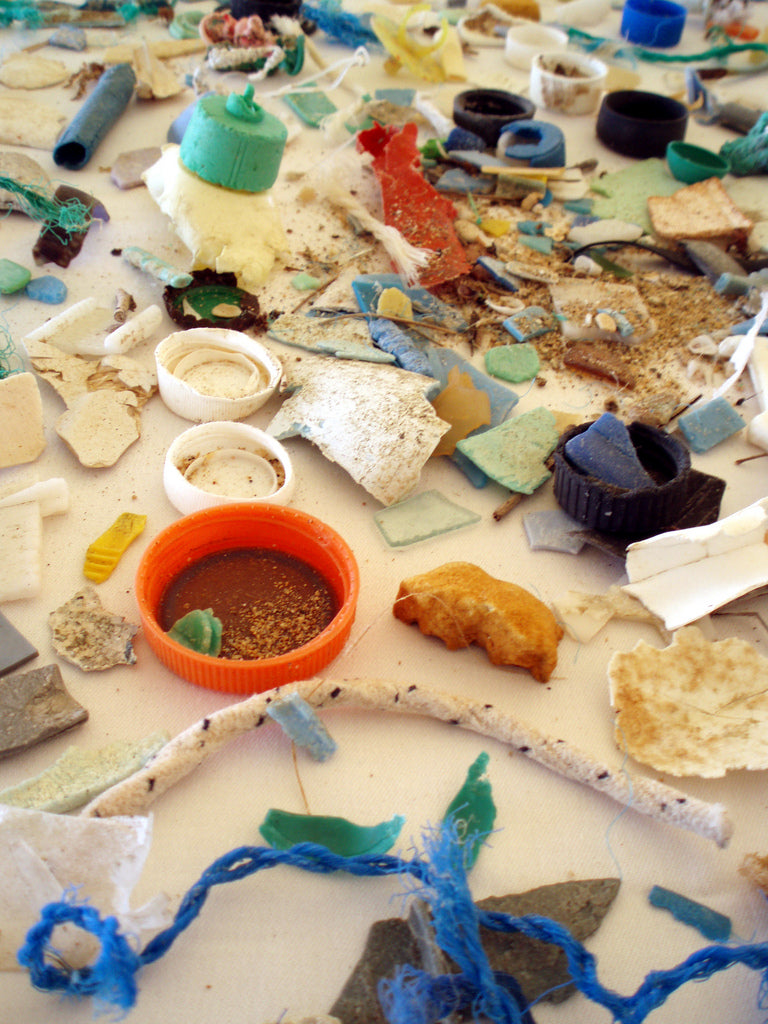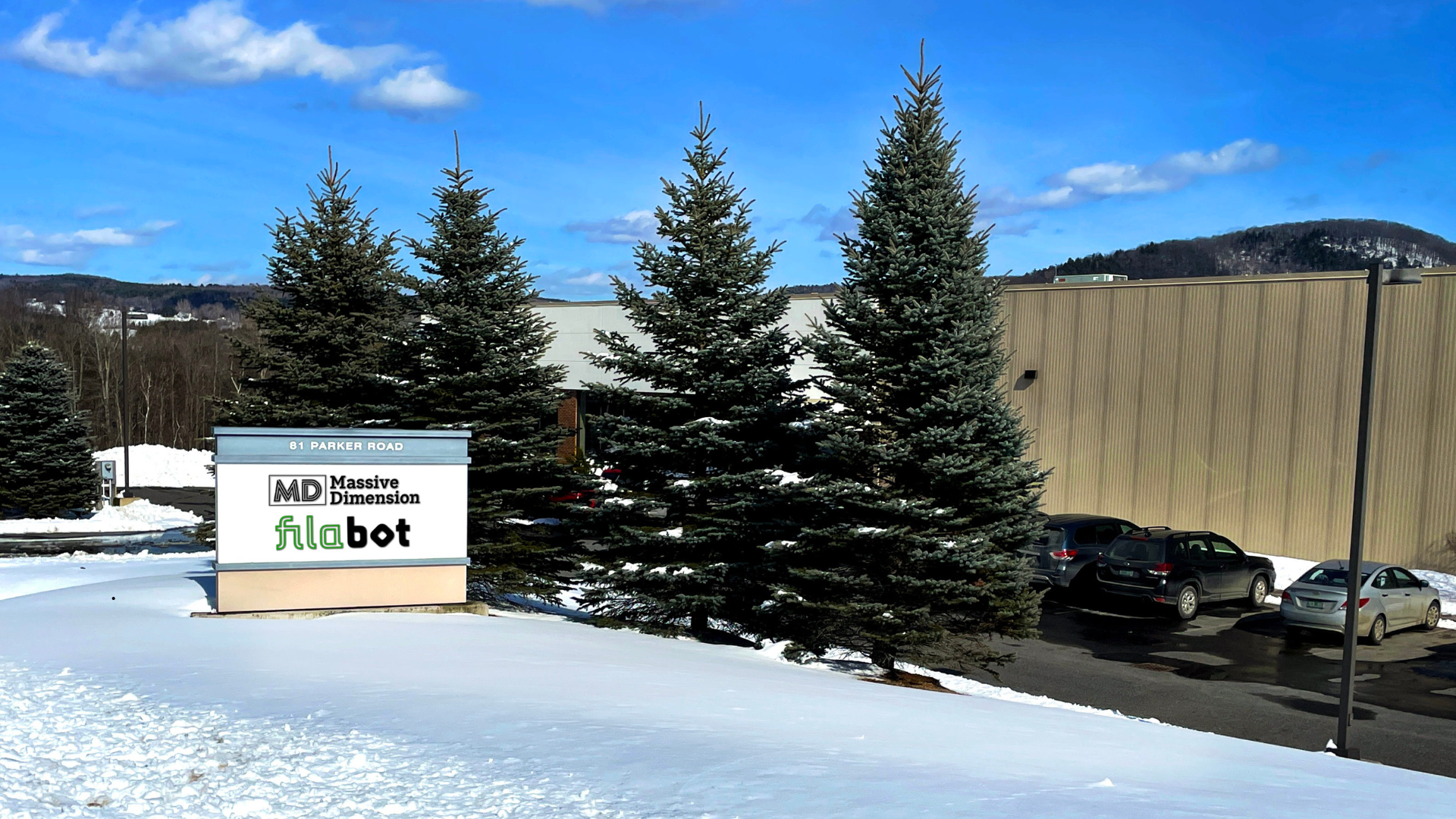By Filaments.directory
Filaments.directory talks to Tyler McNaney, Founder and Growth Hacker at Filabot - One of the initiatives changing how we see recycling.
The Big Picture
Seeing the big picture is important. Seeing the big picture and knowing how and where you can make a difference is even more important. The most obvious thing from our conversation with Tyler McNaney is that Filabot does this very well.
Filabot was founded by Tyler in 2011 based around the idea of taking waste plastic and turning it into filament. Filabot saw that plastic recycling is highly underutilized (the big picture) and wanted to change that through small scale recycling. The goal was not to drastically change the volume of recycled plastic (yet) but to explore the exploitation of waste utilisation and where its issues lie.
Filabot is all about closing the loop of waste reclamation!

What is Filabot?
Originally a successful kickstarted campaign, Filabot is a closed loop system consisting of industrial recycling hardware shrunk down to desktop size. The system consists of the Filabot Extruder, Filabot Airpath and Filabot Spooler. To cut a long story very short - this is a system for turning waste thermoplastics into 3D printing filament. Filabot is capable of producing filament with diameter tolerances of +/- 0.05mm at up to 4.5kg/hour.
Home Recycling Challenges
There are some challenges faced by home recycling of thermoplastics with Filabot although they don't seem to be too hard to overcome!
The primary issue is the requirement of storage space for the waste plastic that you are going to recycle - it needs to be kept somewhere! This varies from user to user, a home workshop might not produce much waste so will take a while to build up a batch. On the other hand, busy makerspaces, professional and industrial users that produces lots of waste in the form of supports, tests, prototypes and failed prints stand to gain a lot from repurposing this waste into usable filament!
Another issue is the impact of contamination. To find out why contamination is such an issue in thermoplastic recycling, check out our article on Plastics and Recycling. Material to be recycled by Filabot needs to be the same plastic of the same colour etc., it also needs to be free of oil, epoxy, glue and other foreign substances. This is more of a problem when recycling non-3D printing related waste as 3D printing automatically lends itself to the collection of the exact same plastic!
Despite these challenges, the extrusion itself is not difficult to obtain quality filament if done properly. The really beautiful thing is that if something goes wrong, you just do it again!

Who Can Use Filabot?
In short - anyone! The whole point of Filabot is to shrink down industrial hardware to make it usable on a very small scale! Filabot is utilised by everyone from home-users and makerspaces to the likes of NASA, Dupont and MIT.
Filabot also has users in very remote areas that don't have easy access to a good supply of filaments. Now all they need to do is make their own!

The Filaments.directory Conclusion
Filabot is an excellent example of producing a simple solution to a serious problem. That's not to say the Filabot machines are simple - the amount of clever engineering that goes into shrinking down an entire filament production line into a few small parts is unbelievable. Producing more filament from waste thermoplastic is just such an elegantly logical step as it plays perfectly on the properties of thermoplastics and the competencies of anybody using a 3D printer.
It's not a stretch of the imagination to imagine a Filabot system or something similar in every makerspace, workshop, garage or factory.
Bravo, Filabot!
Want to know more?
Check out technical specs on the different machines available at Filabot by following the links below:
Filabot EX2 Extruder Setup: Filabot's standard complete setup of extruder, airpath and spooler.
Filabot EX6 Extruder Setup: Filabot's complete setup with a more powerful extruder.
Filabot Airpath: Uses forced convection to cool filament as it is being extruded. For higher temperature polymers and increased tolerances of standard polymers.
Filabot Spooler: Allows easy spooling of extruded filament and fine-tuning of extrusion diameter at the tightest possible tolerances.





